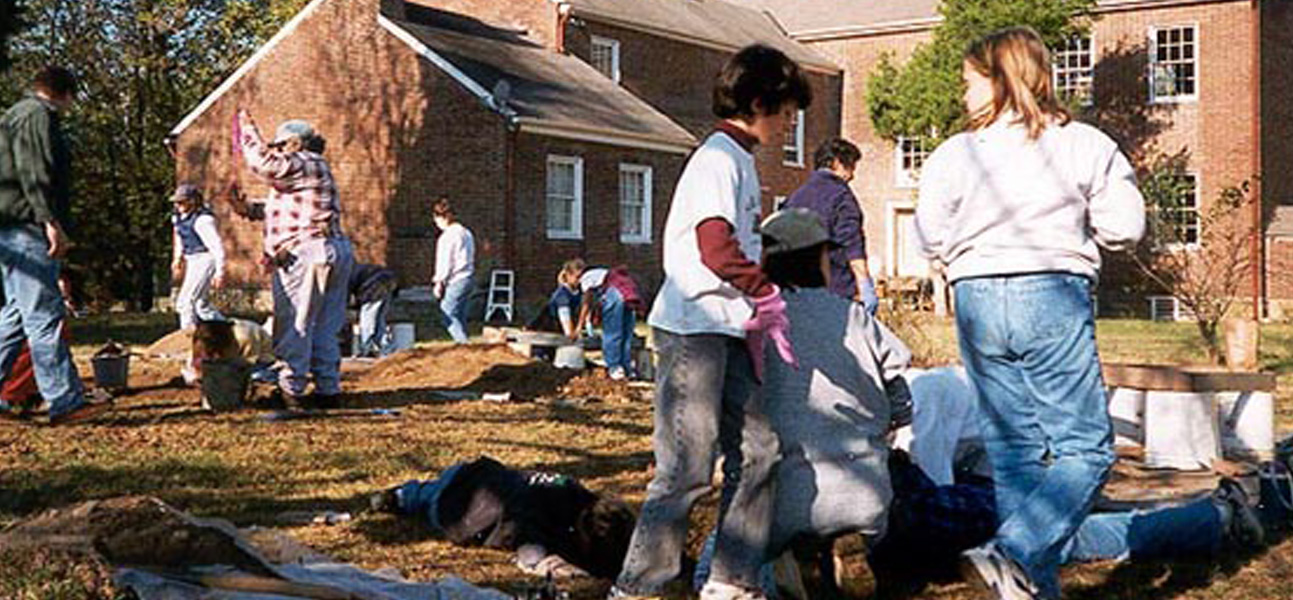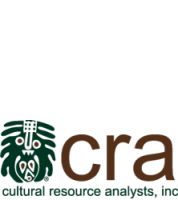
09 Jul Sayre School, 2000-2001
This school year began again with a slide presentation of previous work and a discussion of the year’s goals. Excavation units were expanded to better define building foundations and locate associated features. By the end of this year the goal was to know how many structures are along the back fencerow and their dimensions.
Prior to our excavation in October, students visited the office of CRA for a look at our facilities. While at the CRA office, students engaged in activities, including the ever popular flint knapping demonstration by Andrew Bradbury, a demonstration on how computer mapping is used to enhance our knowledge of sites, a discussion on faunal analysis, how a database is used for analysis and a demonstration on how ceramic analysis is used in determining status and consumer patterns.
Students, like in previous years, spent the field season excavating units to help better understand the prior use of the Waterwild Farm. Again, student’s parents proved to be a critical component in the success of the Waterwild archeology program; they performed a variety of functions on site that helped with both the fieldwork at Waterwild and the feasibility of the program as a whole. They supervised students performing all the tasks necessary in an ongoing excavation, from digging in units to screening and labeling bags. The parents helped organize the field day, provided student transportation, and even provided hungry crewmembers much needed snacks. A surprising and enjoyable byproduct of the educational program for the children is the interest in the excavation displayed by parents. The parent’s presence on site has reinforced the educational message to cherish our past, and has served to cement the student’s relationship with their state’s history.
The 2000–2001 school year continued the work of years past and also continued to establish the importance of parent volunteers in a project of this magnitude. CRA worked alongside students and parents to excavate units along the back fencerow; their work would be built upon in 2001–2002.



